Glazed earthenware dish with naturalistic decoration in high relief of a coiled snake, frogs, crayfish snails on a background of ferns. Decor called “rustic figuline” in the spirit of Bernard Palissy Length: 41 cm Height: 30.5 cm Without cracks or hair, a small chip on a frog.
Charles-Jean Avisseau, 1796 - 1861 is a ceramist known for having produced ceramics very close to the technique and style of the ceramist and writer Bernard Palissy (1510 -1589).
The history of glazed clay during the French Renaissance is marked by the personality of the Saintongeais potter Bernard Palissy (1510?-1590), around whom a myth was woven. In addition to a significant scientific contribution, this artist and writer associated his name with the creation of "rustic figulines", for which he received the official title of "Inventor of the Figulines of the King". This decoration called "rustic figulines" is essentially made up of animals (fish, lizards, frogs, crayfish), shells and plants, in strong relief. Fauna and flora seem to come alive on a rocky surface. The very high precision of the anatomical details and the vigorous naturalism are the result of a mastery of the technique of direct molding on nature and overmolding, as well as a science of marbled glazes. (See the Louvre Museum website).










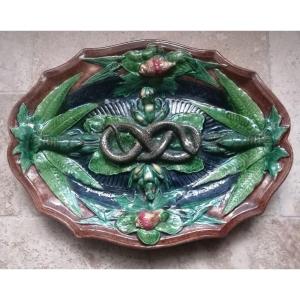








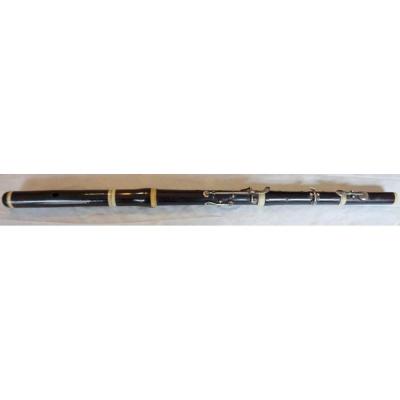
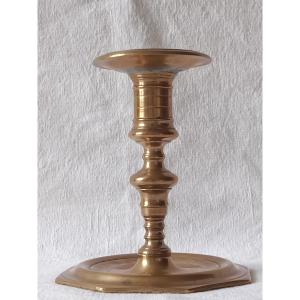
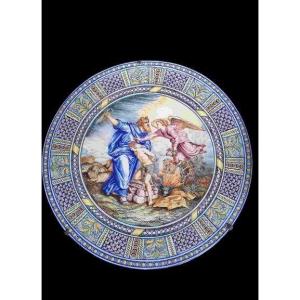

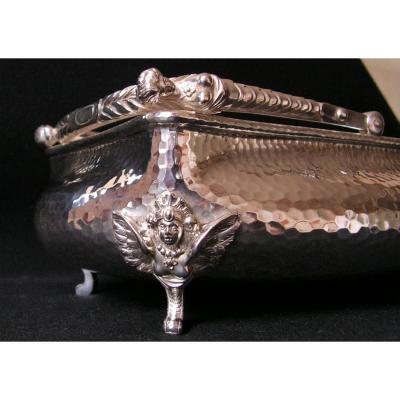


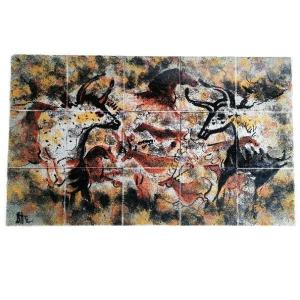


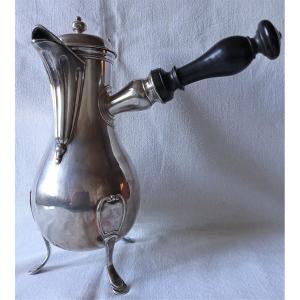





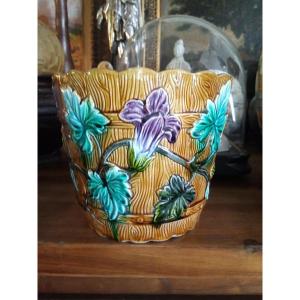

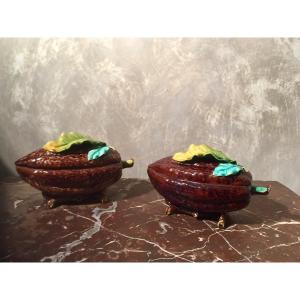




 Le Magazine de PROANTIC
Le Magazine de PROANTIC TRÉSORS Magazine
TRÉSORS Magazine Rivista Artiquariato
Rivista Artiquariato